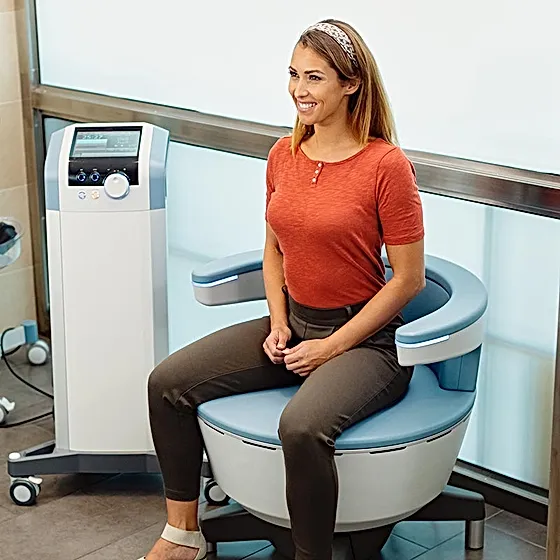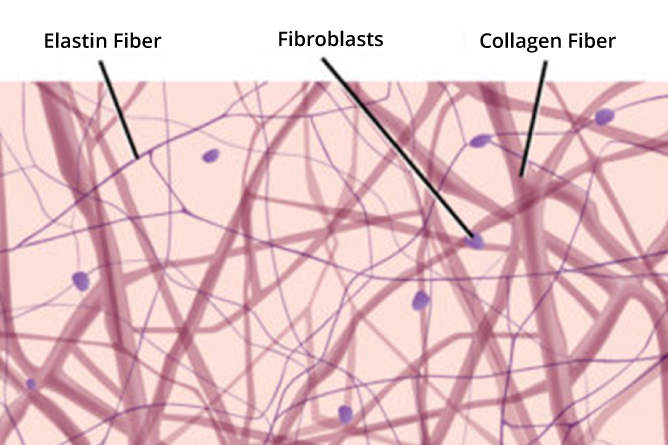
Comparing Emsella with Other Urinary Incontinence Treatments
When it comes to urinary incontinence, besides the revolutionary Emsella, there are myriad of treatments that promise relief. From traditional methods like Kegel exercises to surgical interventions, there’s a lot to sift through. Kegel exercises are beneficial for bladder health, strengthening the pelvic floor muscles to improve bladder control and reduce urinary incontinence. So, where does Emsella fit in this landscape? Let’s dive into the specifics.
- Emsella vs Kegel exercises:
- Kegel exercises: These are manual exercises aimed at contracting and relaxing the pelvic floor muscles. They’re recommended as a first-line defense against urinary incontinence. However, consistency and correct technique are vital, and many individuals find it challenging to maintain regularity or ensure they’re performing them correctly. Pelvic floor exercises, such as Kegels, are effective in enhancing pelvic muscle strength and preventing various health issues.
- Emsella: Think of Emsella as a supercharged Kegel workout. In a single session, Emsella induces thousands of deep pelvic muscle contractions, offering the equivalent of weeks or even months of manual Kegels.
- Emsella vs Vaginal weights/cones:
- Vaginal weights/cones: These are devices inserted into the vagina and held in place by contracting the pelvic muscles. They provide resistance training, similar to weight lifting for your pelvic muscles.
- Emsella: Emsella offers a comprehensive workout for the entire pelvic floor. Without the need for any inserts, it provides a consistent and all-encompassing strengthening session.
- Emsella vs Biofeedback therapy:
- Biofeedback therapy: This therapy uses electronic monitoring to convey information about physiological processes. In the context of incontinence, it helps individuals learn how to strengthen their pelvic floor muscles.
- Emsella: Emsella takes the guesswork out. Instead of just identifying and suggesting exercises, it directly stimulates the pelvic muscles, ensuring a thorough workout.
- Emsella vs Electrical stimulation:
- Electrical stimulation: Small electric currents are used to stimulate the pelvic muscles, mimicking what happens when you exercise the muscles.
- Emsella: While the principle is similar, Emsella’s approach is non-invasive. It also stimulates a broader area, ensuring a comprehensive pelvic floor workout.
- Emsella vs Medications:
- Medications: Several drugs aim to reduce the symptoms of urinary incontinence. However, they come with potential side effects and address the symptoms, not the root cause.
- Emsella: Emsella focuses on strengthening the very muscles responsible for bladder control, offering a solution that targets the root cause without any drug-related side effects.
- Emsella vs Surgery:
- Surgery: There are various surgical options for treating urinary incontinence, each with its risks and recovery periods.
- Emsella: Emsella provides a non-invasive alternative. Without any incisions, anesthesia, or recovery time, it’s a gentler yet effective approach.
- Emsella vs Other treatments:
- Other treatments: PTNS (percutaneous tibial nerve stimulation) and pessaries are among other methods used for treating urinary incontinence.
- Emsella: Emsella’s technology-centric approach sets it apart. By directly targeting the pelvic floor muscles with consistent, deep contractions, it offers a unique and promising outcome.
Overall, Emsella offers a safe, effective, and convenient option for individuals seeking to improve pelvic health, regain bladder control, and enhance their overall well-being. However, it’s essential for individuals to consult with a healthcare provider to determine if Emsella is the right urinary incontinence treatment option for them.


